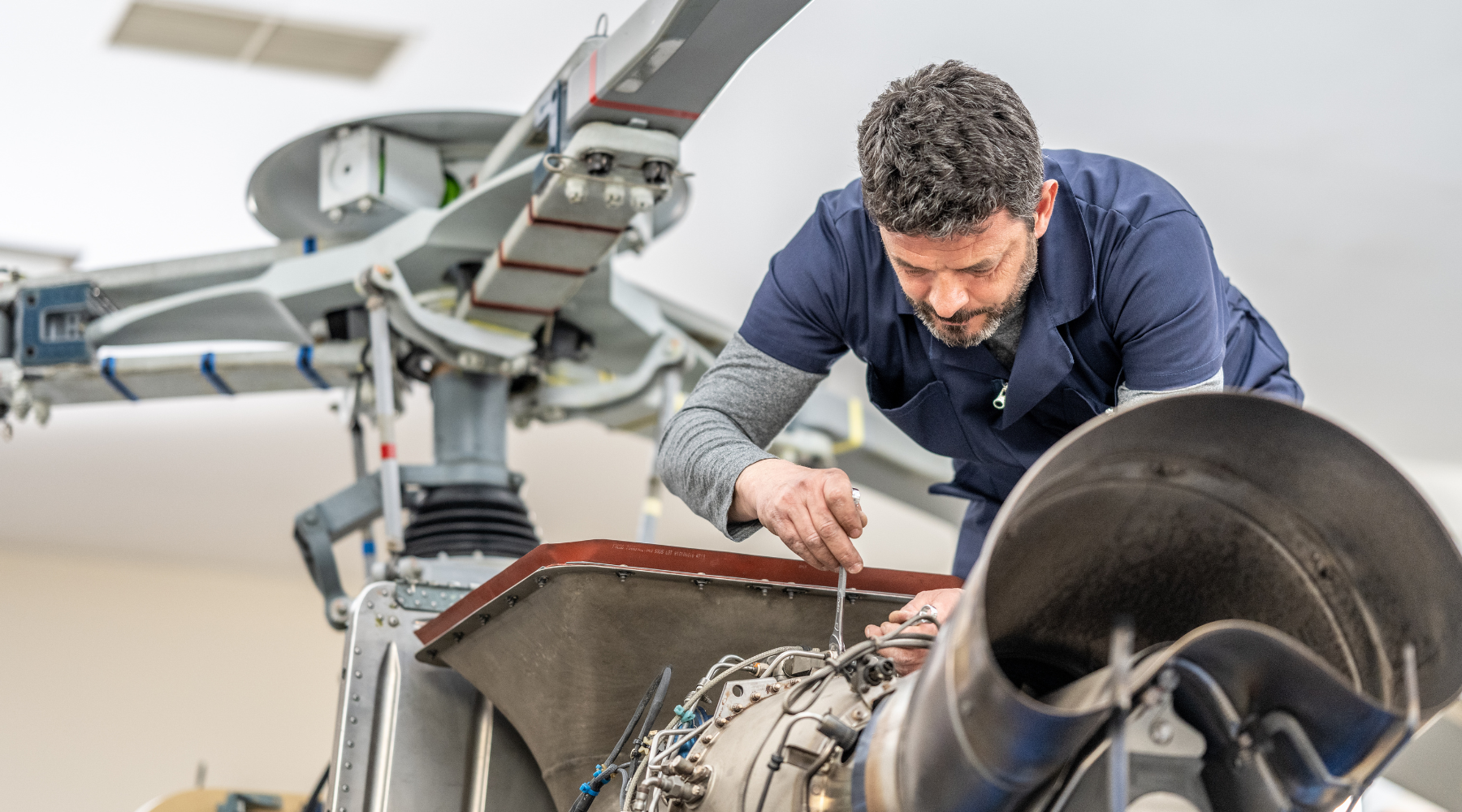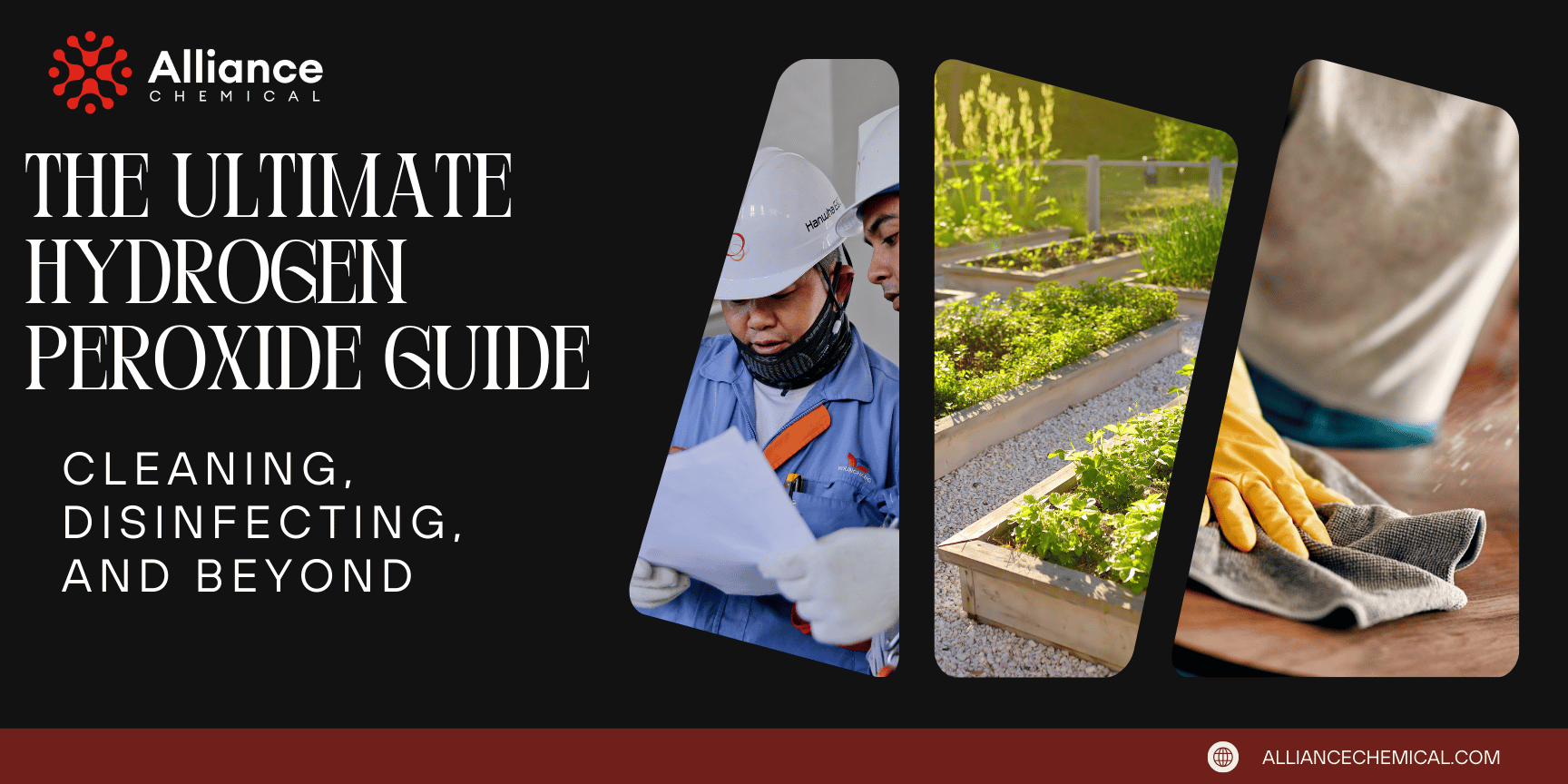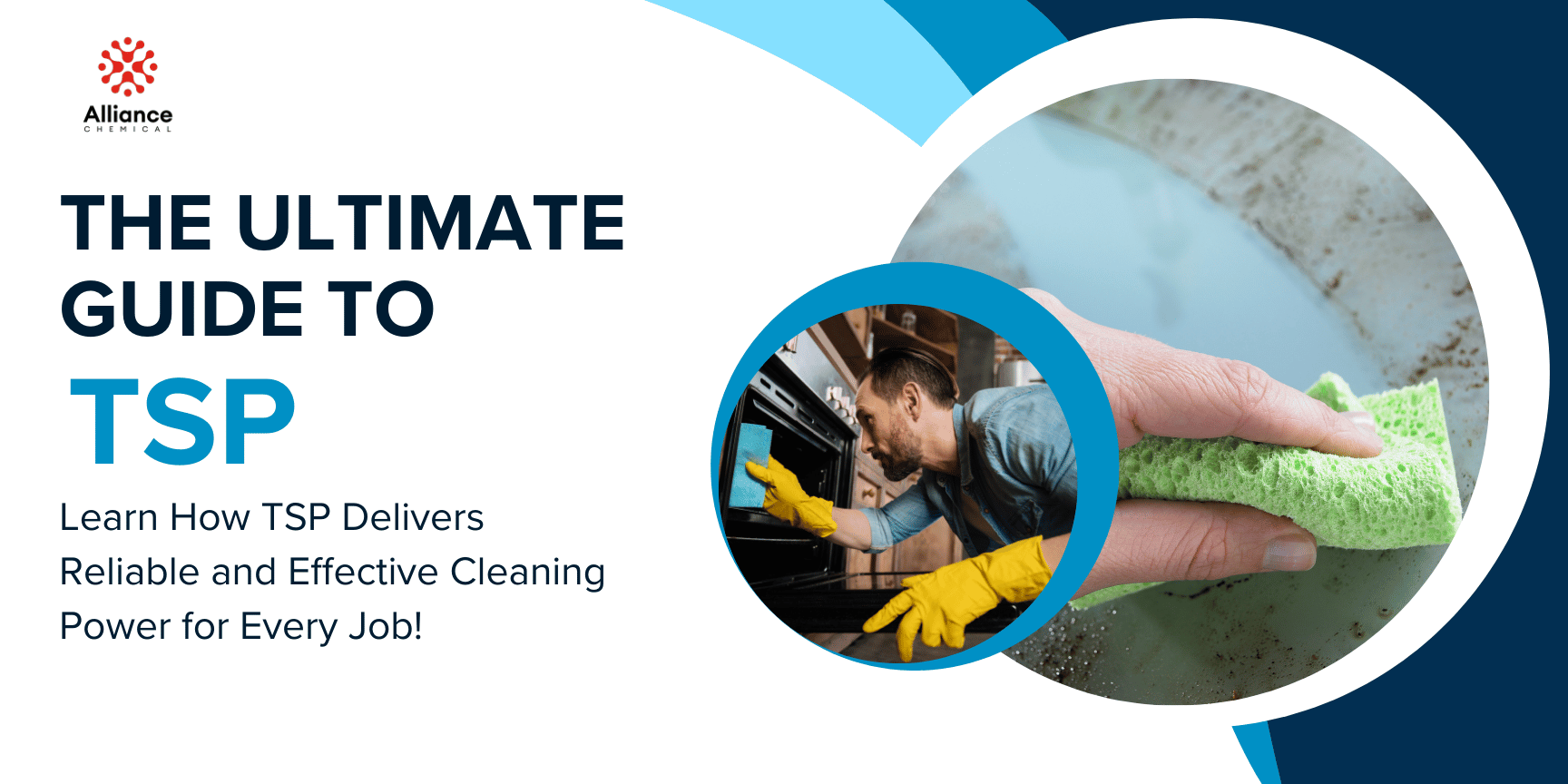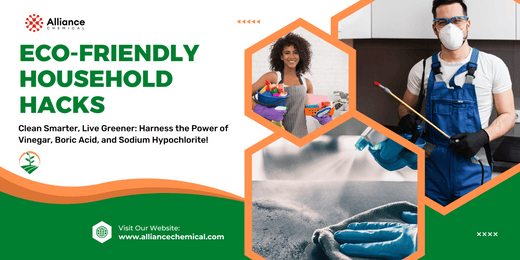
Say Goodbye to Pesky Candle Wax
Wax Wars: A Professional's Guide to Vanquishing Stubborn Candle Residue
From Victorian Catastrophes to Modern Solutions: The Complete Chemical Guide to Wax Removal
The Chemistry Behind the Chaos
Before we dive into solutions, let's understand our enemy. Candle wax isn't just a simple substance - it's a complex hydrocarbon cocktail that laughs in the face of ordinary cleaning methods. When that wax hits your favorite carpet or antique wooden table, it's not just sitting there - it's actively bonding with the surface fibers or penetrating porous materials at a molecular level.
Did You Know?
The average candle wax molecule contains between 20-40 carbon atoms, creating chains that interlock with surface materials like molecular Velcro. This is why your grandmother's "scrape and hope" method often ends in tears.
The Professional's Arsenal
1. The Glacial Game-Changer
Enter Acetic Acid Glacial 99% ACS Grade - the professional's secret weapon. Unlike household vinegar (its diluted cousin), this laboratory-grade solution doesn't mess around. Here's why it's revolutionizing wax removal:
- Molecular Disruption: Breaks hydrocarbon bonds at their core
- Surface Preservation: Won't damage underlying materials
- Scientific Precision: Exact concentration for optimal results
Case Study: The Museum Miracle
When the Metropolitan Art Conservation Department faced a devastating wax spill on a 17th-century tapestry, they turned to glacial acetic acid. The result? Complete restoration without a trace of damage to the priceless fibers.2. The Acetone Advantage
Technical Grade Acetone isn't just another cleaning solution - it's a wax's worst nightmare. This powerful solvent has earned its place in professional restoration for good reason:
- Flash Dissolution: Rapidly breaks down wax structures
- Zero Residue: Evaporates completely, leaving no trace
- Versatile Application: Works on multiple surface types
Professional Application Protocol:
- Surface Assessment: Identify material composition
- Test Area: Always verify compatibility in an inconspicuous spot
- Controlled Application: Use precise amounts with proper ventilation
- Timing: Monitor reaction and remove residue promptly
3. The Isopropyl Innovation
For delicate fabrics and carpets, 99% Isopropyl Alcohol offers unparalleled precision:
- Controlled Penetration: Targets wax without saturating fibers
- Quick Evaporation: Minimizes moisture exposure
- Color-Safe Formula: Preserves dyes and patterns
Surface-Specific Solutions
Wooden Warriors
Antique wood presents unique challenges. Our approach combines traditional respect with modern chemistry:
The Wood Restoration Protocol:
- Initial Assessment: Identify wood type and finish
- Pre-Treatment: Apply D-Limonene Technical Grade
- Gentle Agitation: Use soft bristle brush in grain direction
- Neutralization: Balance pH with specialized solution
- Preservation: Apply protective coating if needed
Fabric Finesse
Different fabrics demand different approaches. Here's your fabric-specific guide:
- Cotton/Linen: 91% Isopropyl Alcohol
- Silk/Wool: 70% Isopropyl Alcohol
- Synthetic Fibers: Acetone ACS Grade
Advanced Techniques for Professional Results
The Temperature Tango
Heat manipulation can be your greatest ally or worst enemy. Here's how to master it:
Temperature Control Protocol:
- Cold Phase: Harden wax for initial removal
- Warm Phase: Strategic softening for chemical penetration
- Cool Down: Stabilize surface after treatment
Layered Approach Strategy
Professional wax removal often requires multiple stages:
- Mechanical Removal: Careful scraping of bulk wax
- Chemical Application: Targeted solvent treatment
- Residue Elimination: Secondary cleaning phase
- Surface Restoration: Final conditioning
Safety First: The Professional's Creed
Professional-grade chemicals demand professional-grade safety measures. Here's your essential safety protocol:
Required Safety Equipment:
- Chemical-resistant gloves (nitrile preferred)
- Safety goggles with side protection
- Proper ventilation system
- Protective clothing
- Emergency eyewash station
Emergency Response Protocols
Know these procedures by heart:
- Chemical Exposure: Immediate water flush for 15 minutes
- Spill Control: Use appropriate absorbent materials
- Ventilation Issues: Evacuate area immediately
- Fire Response: Use correct extinguisher type
Environmental Considerations
Modern wax removal isn't just about effectiveness - it's about responsibility:
Eco-Conscious Practices:
- Proper chemical disposal
- Minimal water waste
- Recycling of containers
- Use of biodegradable options when possible
Troubleshooting Guide
Common Challenges and Solutions
Problem-Solving Protocol:
- Color Bleeding: Switch to 99.9% ACS Grade Isopropyl
- Stubborn Residue: Apply Technical Acetone
- Delicate Surfaces: Use D-Limonene USP Grade
Future of Wax Removal
The science of wax removal continues to evolve. New developments include:
- Enzymatic Solutions: Biological wax breakdown
- Nano-Technology: Targeted molecular dissolution
- Smart Materials: Self-cleaning surfaces
Remember: Professional wax removal is both an art and a science. Success lies in understanding the chemistry, respecting the materials, and following proper protocols. With the right knowledge and tools, no wax challenge is insurmountable.









